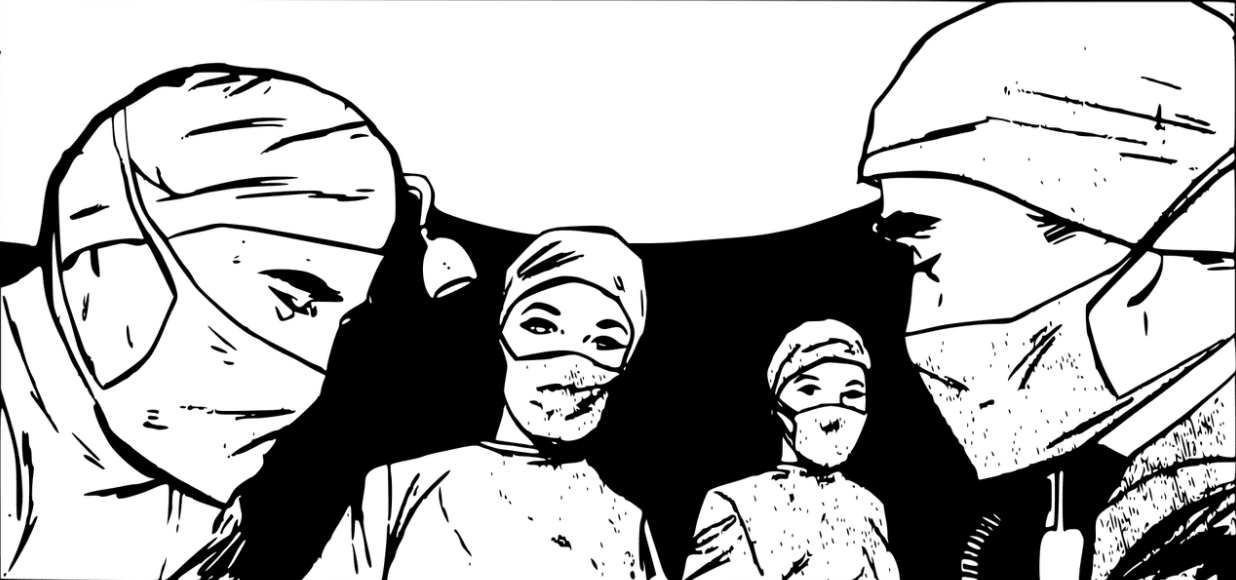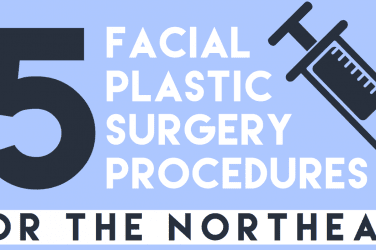The pandemic has been particularly difficult, especially in the healthcare sector. There was a sudden rise in patients, a lack of supplies, and a struggle to keep the healthcare system afloat. While the pandemic highlighted the gaps in healthcare, it also served as a powerful reminder of what hospitals need to do to make health services better. The immediate response to the prevailing situation of the pandemic was to evolve the healthcare sector as a whole. The goal was to make it easier for patients to seek care and the healthcare industry to administer care.
To achieve this, the sector incorporated more technology and automation into the industry. Through this article, we will learn how this impacted the industry and brought about a positive change. It also introduced a unique healthcare model that is far sustainable and long-lasting. Here’s how the healthcare industry has evolved during the pandemic:
1. High Focus Towards Research
There isn’t any vaccination that gained attention and momentum quite like the Covid-19 vaccine in recent times. Scientists all over the world worked in collaboration to get the vaccine out to the public. It is probably the only time when resources such as research and studying the affected patients in real-time yielded mass production of different covid-19 vaccines. It paved the road for research and showed that the healthcare sector needs to stay top of medicine to produce quality publications.
2. Evolved Roles for Nurses
Nothing highlighted the importance and need for nurses like the pandemic did in recent times. These healthcare workers proved to be perhaps the backbone of the healthcare sector. In cases where doctors are busy, nurses were more than qualified to administer treatment, medication, and tests. Nurses also provided consultation and guidance to patients of all ages, no matter what the illness. They also became vital frontline workers while dealing with the corona. It is no surprise that now, more nurses are getting senior positions in the health sector. It also was an ideal time to upgrade their skills. The advent of various online courses became a paradise for those interested in advancing their knowledge. Aspiring practitioners opted for undergrad courses, whereas practicing professionals enrolled themselves for masters of nursing online to sharpen their skills.
3. Introduction to Telehealth
Telehealth is a virtual health checkup. It means that patients can use the internet to find the healthcare services they need. Hospitals realized the importance of going digital. It was an unnecessary hassle to ask patients to wait for hours in the waiting room. This process was also hazardous during the pandemic, especially when patients came for a routine checkup just to get exposed to the virus.
Hospitals now have websites available with information on all the doctors and their details. You can enter your symptoms or connect with the doctors you need to see right away. It also helps you talk to doctors online through web conferencing. It also helps that now pharmaceuticals provide automated blood sugar and heart rate monitors so you can keep track of your physical health.
4. More Streamlined Services
Digitization has also helped hospitals to streamline services better. Whether a patient needs to go to the ER or has a routine appointment, they can fill in their information digitally. If you have a Masters degree in health information management, you are much more suitable for managing patient health information. Not only does this cut back on paper loss, but it also saves additional time to put all this data into the database. The automatic data also helps assign patients correctly to the limited staff so that no healthcare worker is overburdened. It also prevents patients from waiting and getting them help right away. Patients can also make payments online, and hospitals communicate with patients either through emails or text to inform them. Text messages can also be sent out to patients, reminders when their subsequent follow-up is.
5. Transparent Healthcare
Hospitals are adopting a more transparent healthcare model. Now patients can confirm what they’re getting treated for and why. Patients no longer need to feel apprehensive or worried due to a limitation to the information. Patients also now receive treatment options regarding how long the treatment may take and possible side effects. Increased transparency makes for better healthcare. No one likes staying in the dark. In addition to hospitals, clinics and pharmacies are providing healthcare options such as getting your vitals checked. These clinics and small start-ups are vital for healthcare. It is essential to keep patients from significant hospitals where patients may contract corona.
6. Create Instructional Videos
Hospitals can also utilize their resources to create instructional videos. It can help them reach a wider audience, such as children and adults, with simple instructional videos. Using images and animation, they can teach people the importance of handwashing. It can also instruct people on how to take care of their hygiene and social distance while they navigate through society. These videos can also be tutorials on looking for an appointment online and how to use the hospital’s website.
It is the best way to mainstream information since not everyone can follow researches published online. Hospitals can even take it further and guide people on what swab testing looks like while testing for COVID-19. They can keep separate videos for swab testing on adults and swab testing on kids. It can help remove apprehension and confusion in people and guide them on how to take care of themselves better.
Wrap Up
The pandemic has helped the healthcare sector to reevaluate its strategy when it comes to administering care. Patients need more safety measures now than ever, and a positive step is to research more to help the healthcare sector. Nurses are now the frontline healthcare practitioners and can help doctors and patients bridge the gap between efficient care and patient response. Telehealth has made it easier to use the internet for patients to find the care they need quickly. Finally, hospitals can create instructional videos to spread information.







